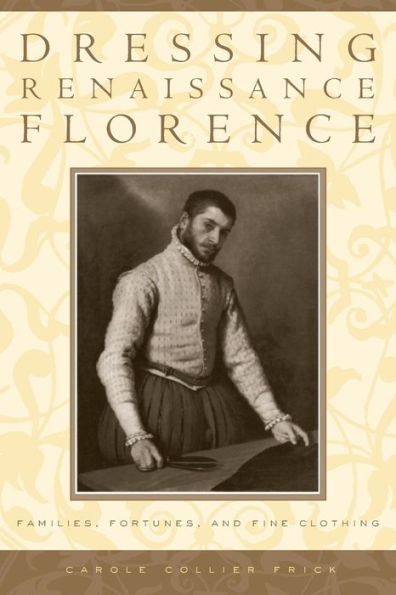5
1
9780801882647


Dressing Renaissance Florence: Families, Fortunes, and Fine Clothing / Edition 1 available in Paperback

Dressing Renaissance Florence: Families, Fortunes, and Fine Clothing / Edition 1
- ISBN-10:
- 0801882648
- ISBN-13:
- 9780801882647
- Pub. Date:
- 08/26/2005
- Publisher:
- Johns Hopkins University Press
- ISBN-10:
- 0801882648
- ISBN-13:
- 9780801882647
- Pub. Date:
- 08/26/2005
- Publisher:
- Johns Hopkins University Press
34.0
In Stock

Product Details
| ISBN-13: | 9780801882647 |
|---|---|
| Publisher: | Johns Hopkins University Press |
| Publication date: | 08/26/2005 |
| Series: | The Johns Hopkins University Studies in Historical and Political Science , #120 |
| Edition description: | New Edition |
| Pages: | 368 |
| Product dimensions: | 6.00(w) x 9.00(h) x 0.87(d) |
| Age Range: | 18 Years |
About the Author
What People are Saying About This
From the B&N Reads Blog
